Get insights and analysis from Water in the West researchers as well as the latest news about new Stanford water research and events focusing on western water issues.
August 20, 2015 | Water in the West | Insights
August 07, 2015 | Water in the West | Insights
July 09, 2015 | Stanford News Service | News
June 01, 2015 | Water in the West | Insights
May 19, 2015 | Stanford News Service | News
May 06, 2015 | Water in the West | Insights
April 24, 2015 | Water in the West | Insights
April 02, 2015 | Water in the West | Insights
March 19, 2015 | Water in the West | Insights
March 16, 2015 | Stanford Woods Institute for the Environment | News

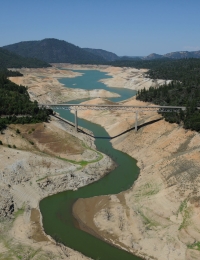
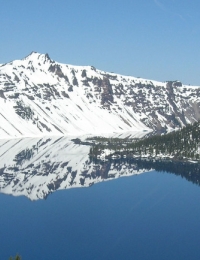

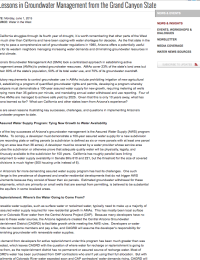
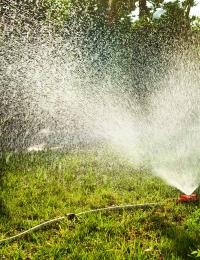

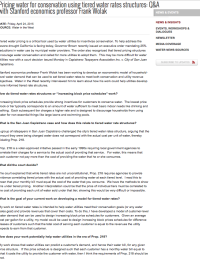
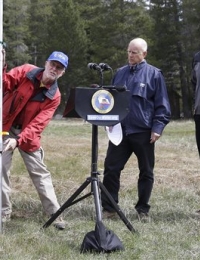
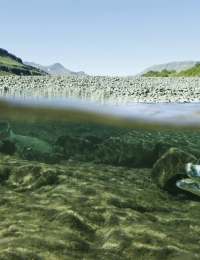
![[Woods Logo]](/sites/default/files/logos/footer-logo-woods.png)
![[Bill Lane Center Logo]](/sites/default/files/logos/footer-logo-billlane.png)